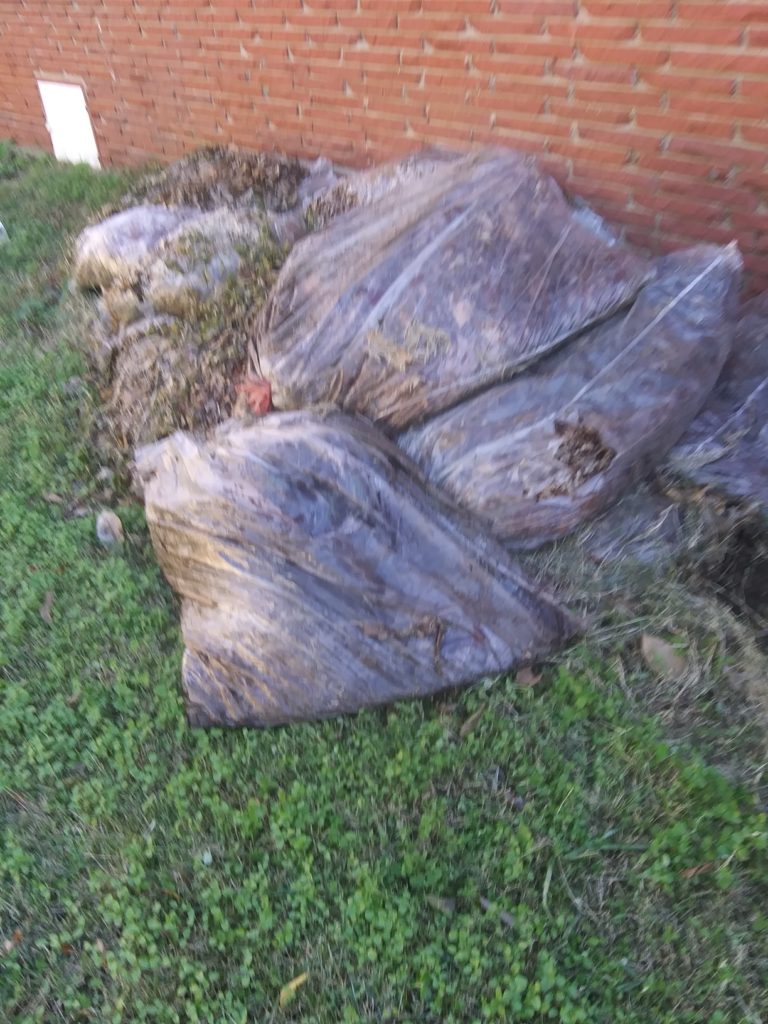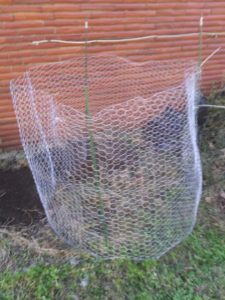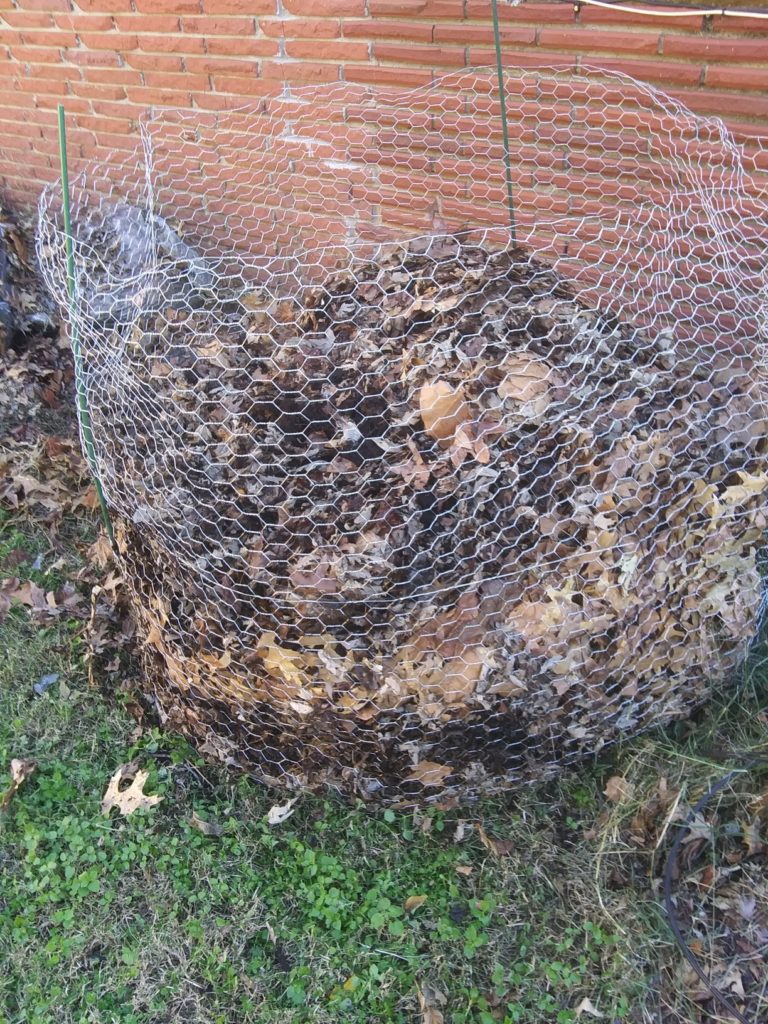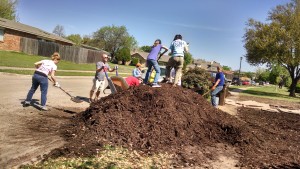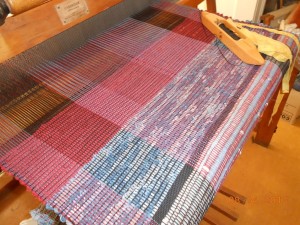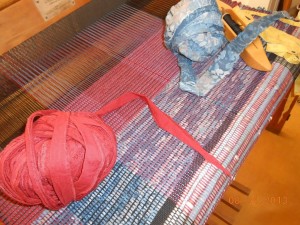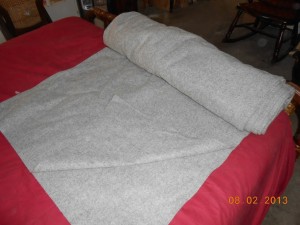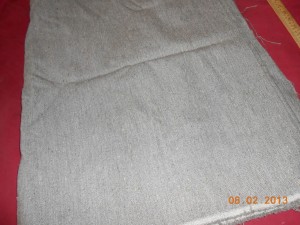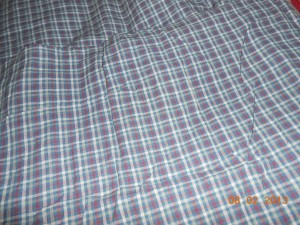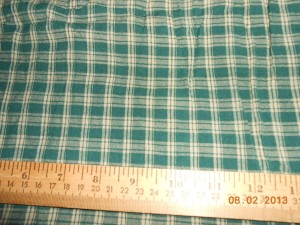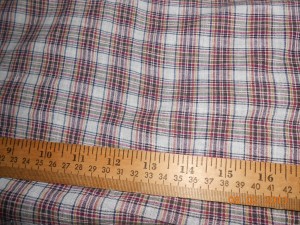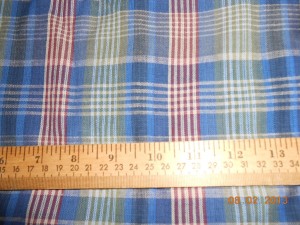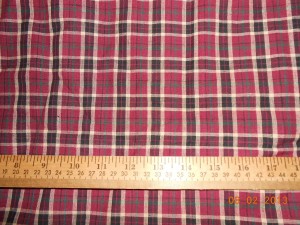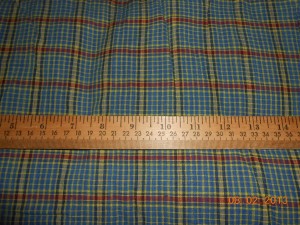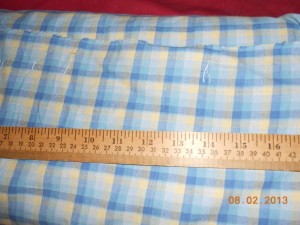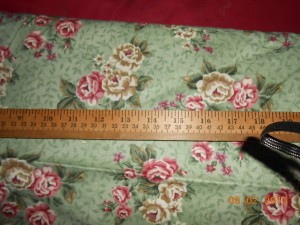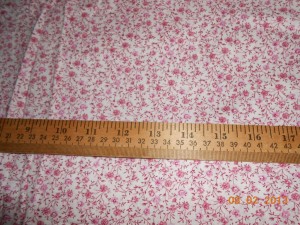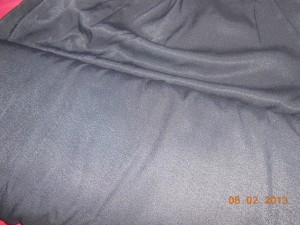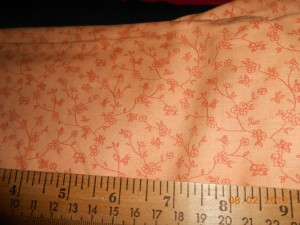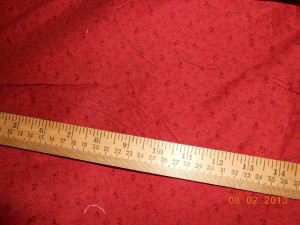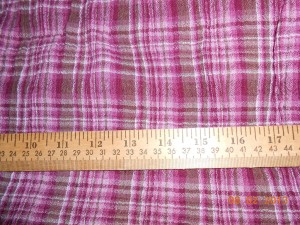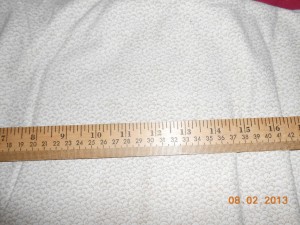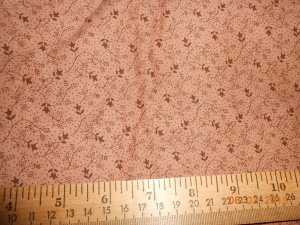Seed saving is sometimes called the second harvest, coming after the vegetable harvest is complete. It is a way to continue to cultivate plants that you particularly liked. But there are some things to consider, which we’ll discuss below.
The advantages of saving your own seeds for planting next year include:
- Creating your own “landrace”, a plant that is adapted to your specific area and climatic conditions.
- Cultivating open-pollinated, non-hybrid plants that you can depend on from plant generation to generation – and share with neighbors.
- Easy to accomplish, letting one or more fruits (e.g., okra pods) mature and dry on the plant to harvest the seeds.
- Cheaper than buying new seeds every year, and you get to plant the varieties you liked from the previous year.
To save seeds that can be planted next season, they must come from a plant that is a non-hybrid. If you bought the original seeds, what type were they?
- Heirloom – these are seeds that have been passed down within a family or a community for several (seed) generations.
- Open pollinated – these are plants that are pollinated naturally with no intervention: by wind, birds, or insects.
- Landrace – seeds saved from generation to generation, cultivated and adapted to a particular place.
- Hybrid – these are seeds that are a genetic combination crossed by human intervention of more than one type of species; consequently, they will not grow “true” to what you want. These seeds probably cannot be saved and replanted successfully – you may get something you didn’t expect.
For most seeds, you can just take the seeds from the plant, dry them, and store them in a paper envelope (I use the return envelopes that come with billing statements – I seal them, cut off about an inch, label with seed type and date, and staple or tape closed).
Some seeds, like squash seeds, you’ll need to wash and dry before storing as mentioned above.
Tomato seeds need special treatment. First put the seeds in a jar of water. Let sit for a day or so, and you will see that some seeds float to the top and others sink to the bottom. This is a fermentation process, and the seeds that float to the top can be gathered and tossed out. Once the seeds have separated themselves, drain the water and lay the seeds that sank out to dry. Then store as above.
It’s important to store the seeds in a cool, dry environment.
That’s it! You can reuse them next year!

